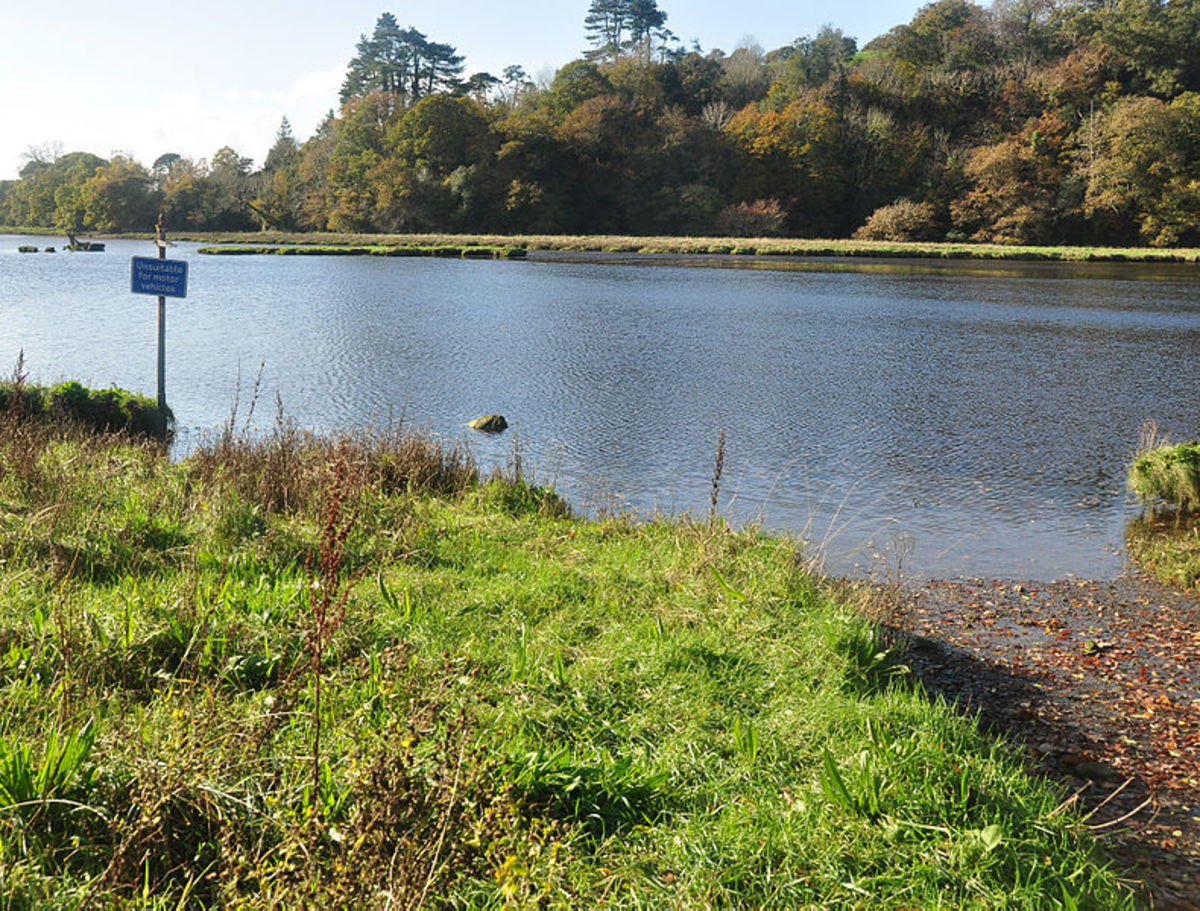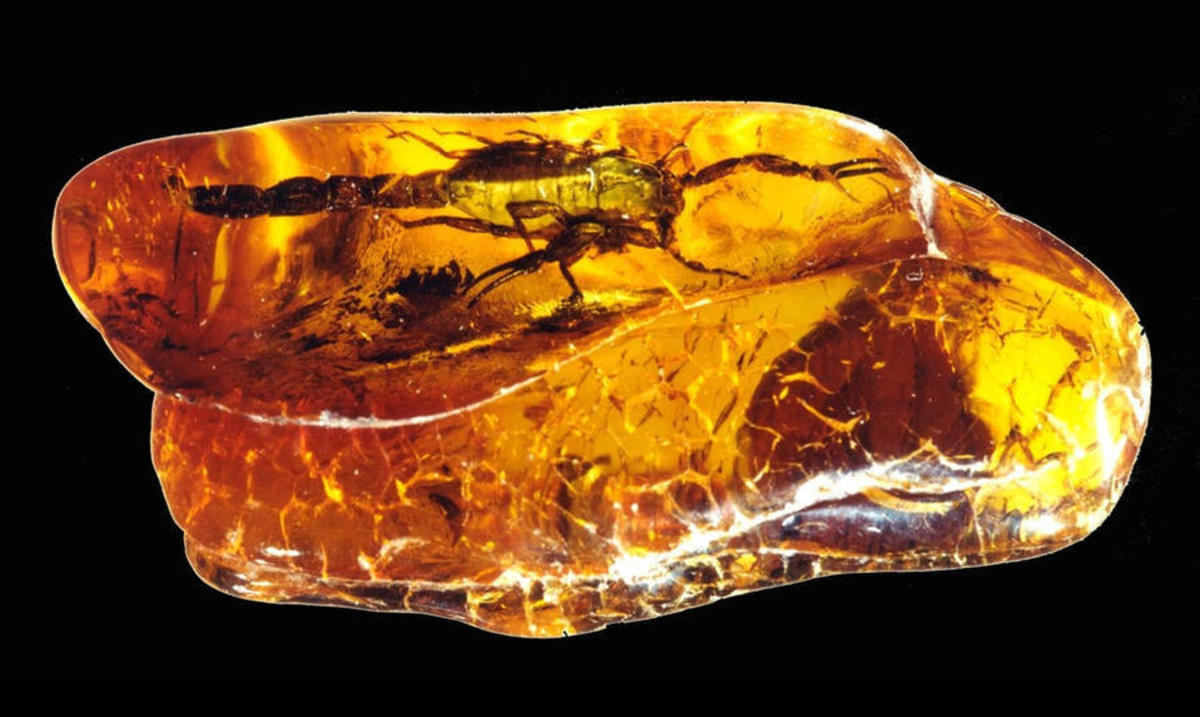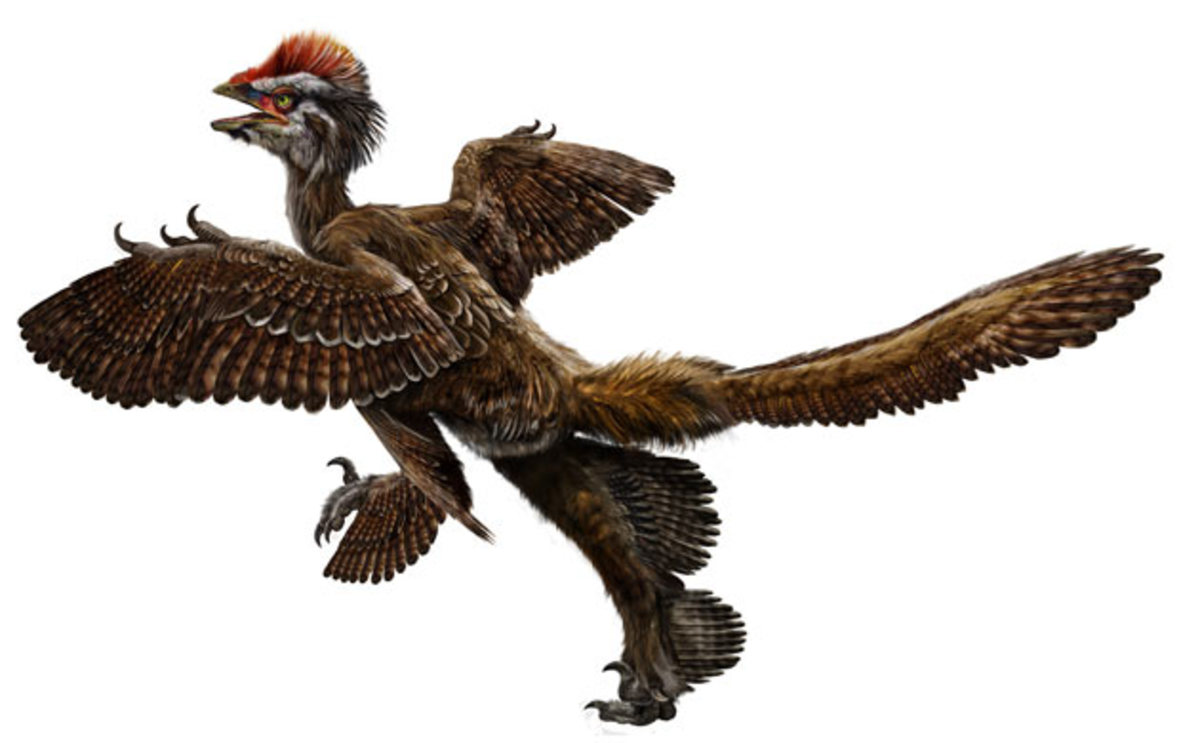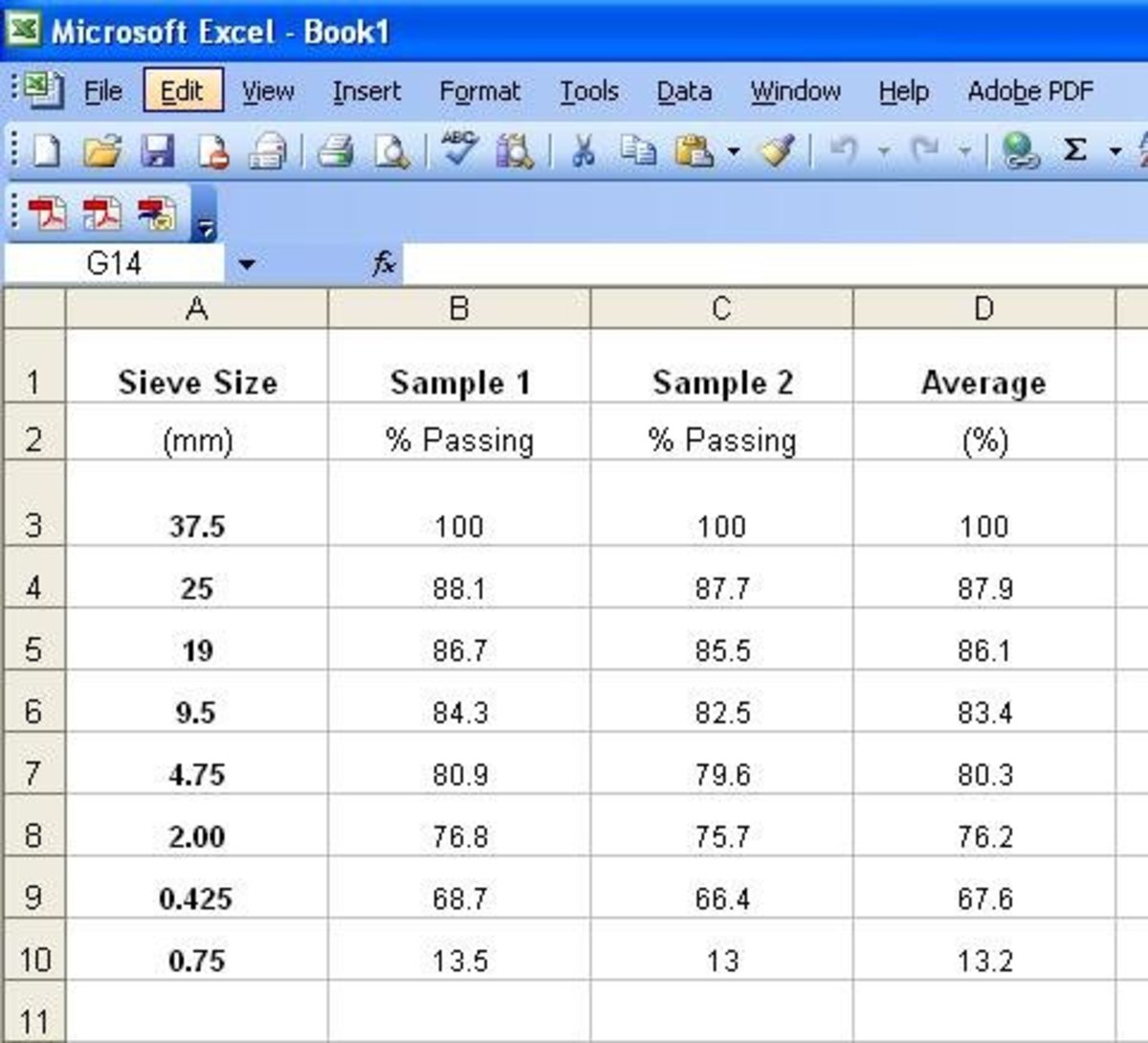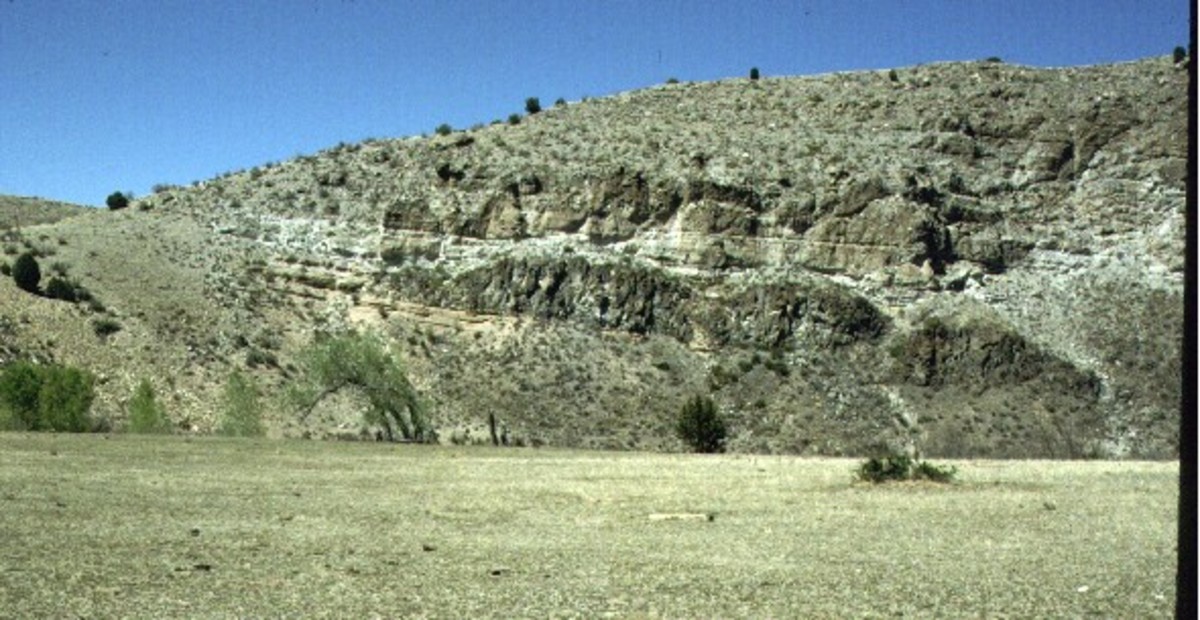Types Of Fossils
Fossils are defined as the remains and the preserves of the plants and animals that existed many years ago. In other words fossils are simply the traces of the organisms of the past.
The fossils are found under the sediment layers of earth or under rock formations. Fossils of millions of year’s old organisms have been discovered up till now and are used to study evolution of animals and the factors that led to evolution.
The word fossil is a Latin word which means “something that has been dug up”. Fossils of the past animals are either formed by petrification or are either discovered as imprints that are left in the rocks. The study of the fossils has given the information about the past and through the fossils discovered of the past organism the scientists have understood evolution.
A broad classification of fossil is based on the size of fossils. According to this classification there are two types of fossils:
- Macro Fossils: Which are the fossils of animals larger 1mm
- Micro Fossils: Which are the fossils of animals smaller then 1mm
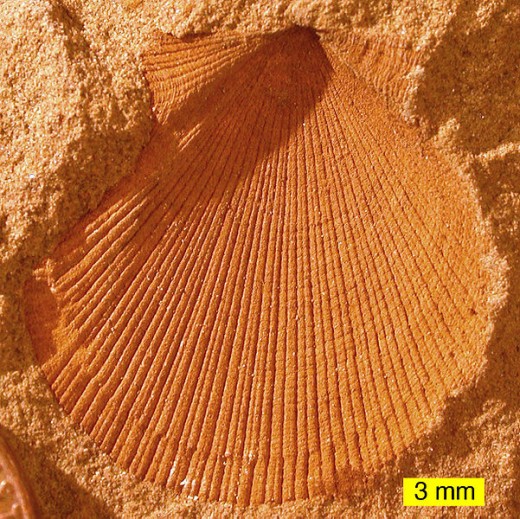
Types Of Culture Media
- Culture Media
A culture media is special medium used in microbiological laboratories to grow different kinds of microorganisms. A growth or a culture medium is composed of different nutrients that are essential for living.
Other types of fossils are:
Mold Fossils
When an organism dies
its body is gets buried under the ground and slowly and gradually layers of
sediments start forming on its remains. The fossils that are discovered deepest
under the ground are believed to be oldest.
Some fossils are discovered as
imprints formed on the first layer of sediment that was formed on them these
fossils are called the mold fossils. The paleontologists believe that these
fossils were produced when after the formation of first layer of sediment due
to leaching the shell or the crust of the body of the organism carved their
image on the rocks.
Although the original crust of the organism gets decayed
during the time, the carving of their image on the rocks retained.
Many such fossils have been discovered which bear the original carving of the organism on which they were formed. Such fossils are mostly discovered under water as the layers of silt beneath the waters forms slowly over the years.
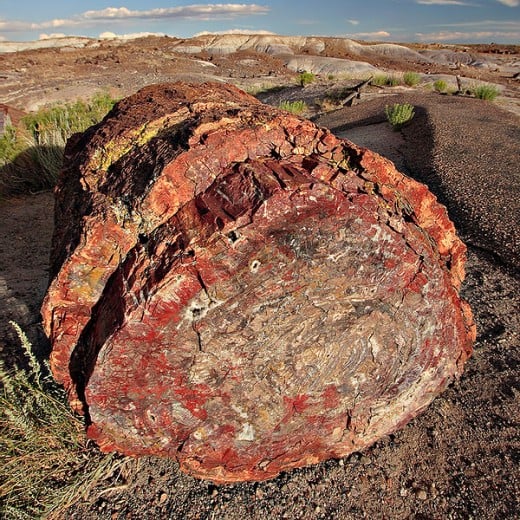
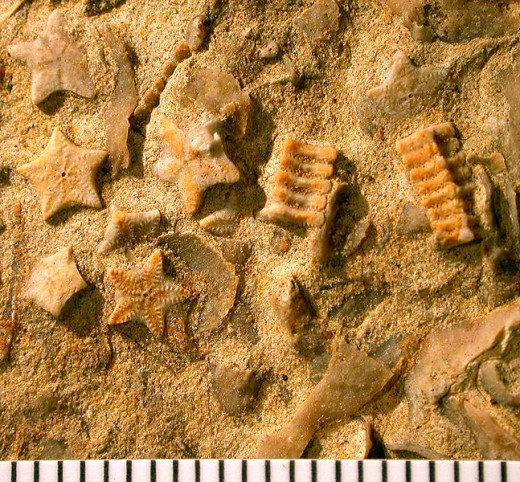
Types Of Coral Reefs
- Coral Reefs
Corals are small marine animals that secrete calcium carbonate exoskeleton for their protection. These calcium carbonate shells remain intact even when the animal dies out.
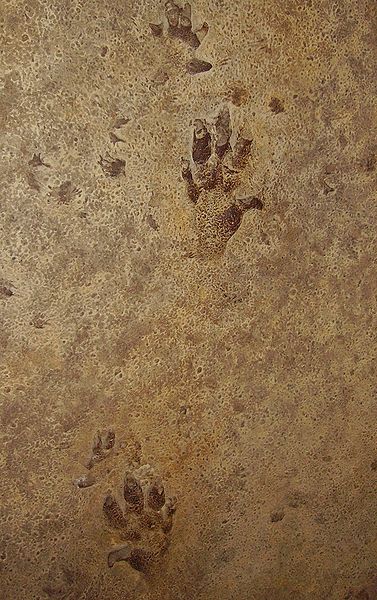
Extinct Species Of The World
- Extinct Species
Extinction is a normal process in the course of evolution. Species have slowly evolved and disappeared throughout geologic time as the result of climate changes and the inability to adapt to survive.
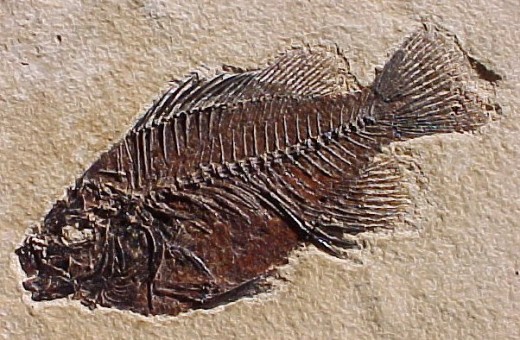
Chemo Fossils
Chemo fossils are not the preserved body parts
of the organisms but they are the chemicals that have been left behind their
bodies.
Such chemicals are discovered beneath the earth and are believed to be
the bio signals of the organisms.
Paleontologists use these fossils to understand the mode of communication an signals of the organisms to which they belong.
Types Of Biofuel
- Biofuel
Ever since their discovery, the fossil fuels have benefited the man and have made them prosper and develop. These fuels that are extracted from the decomposed fossils, millions of years old.
Cast Fossils
The cast fossils just like the mold fossils are only the imprints of the organisms. In fact the cast fossils are made from the mold fossils.
It is believed that the mold imprints on the mold fossils are when filled with minerals a cast fossil is formed.
The imprint of the organism although remains there it becomes a little difficult to identify the shape of the organism.
The minerals were deposited slowly and gradually over the time of millions years.
Since most mold fossils are formed under the water, the cast fossils are formed by the accumulation of minerals brought within the hollow of the carving through the water.
Trace Fossils
The trace fossils which are also called the Ichnofossils are various body parts of the organisms or can be nests, eggs, feces or even footprints of the old extinct animal.
Where the mold fossils are helpful in determining the shape of the animal and the era to which it belonged, the trace fossils tell how the animal reproduced, walked, what it ate, how it hunted and many other aspects of its life.
The trace fossils such as foot prints were formed when the animal walked on the wet ground the imprints hardened over the period of time.
Other trace fossils such as the body arts of the organisms got buried underground where layers of earth kept forming upon them.
True Form Fossils
The true fossils or the direct fossils are the original organism trapped within in ice, tar or tree sap preserved for centuries by nature.
These organisms are the most helpful fossils in determining the organisms of the past and the conditions they lived in.
The direct fossils are not the part of the body of the organism but are the body of the organism preserved as whole.
Extinct Mammals Of The World
- Mammals Of The World
Any species is believed to be extinct when the last surviving member of its family is thought to be dead. An organism may become extinct due to a number of reasons.



